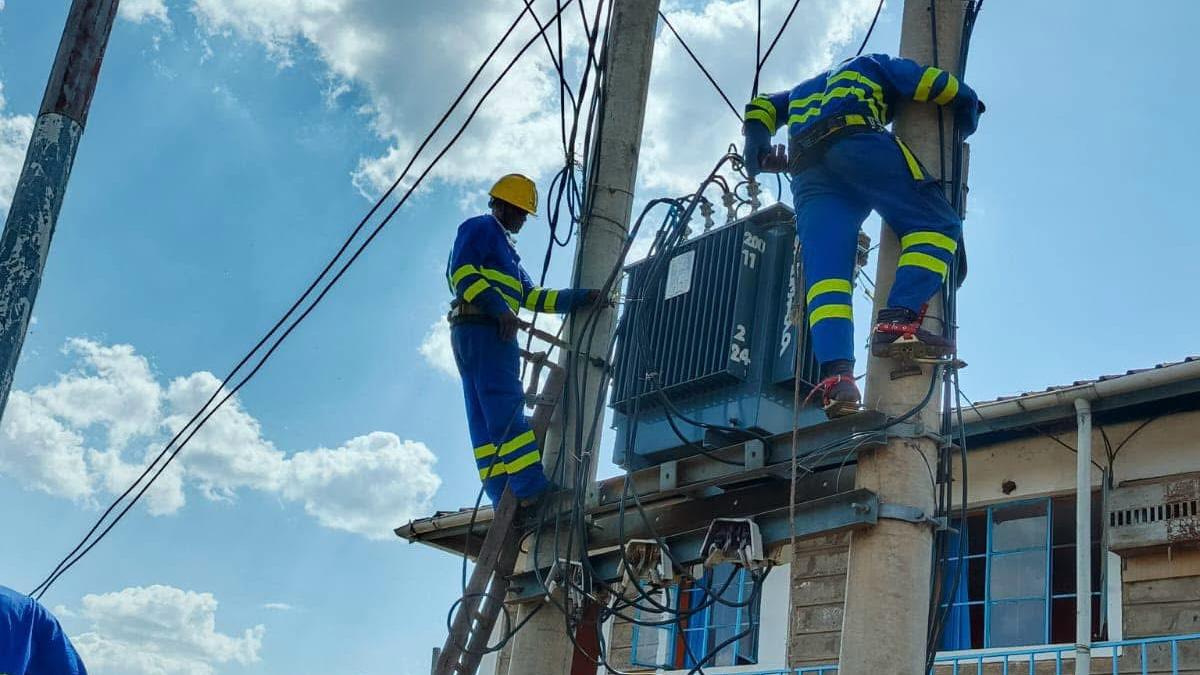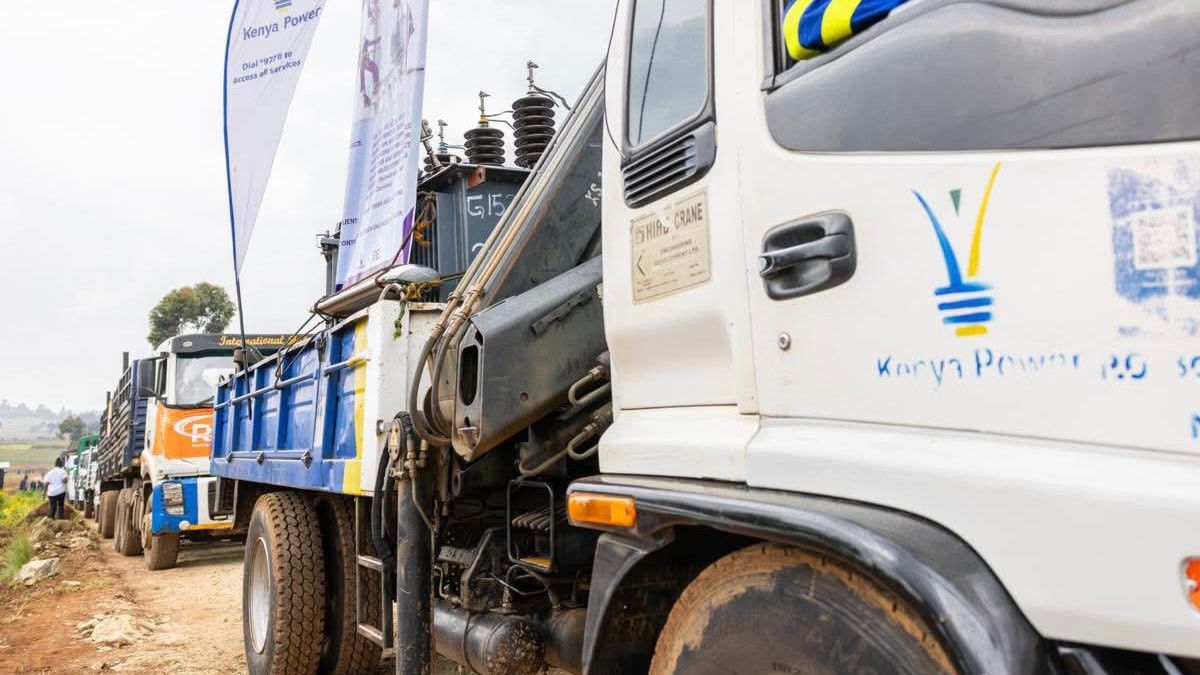Kenya Power has announced scheduled power interruptions in parts of Nairobi County on Friday, November 28.
In a statement on Thursday, November 27, the company company said the outages are part of routine maintenance works.
According to the notice, the planned outages will take place on from 2:00 a.m. to 3:00 p.m., along Kayole, Spine Road.
The affected areas are Komarock Phase 4, Komarock Heights, Komarock Phase 3, 3B & 3A, Komarock East Phase 5, Infill A Phase 2, Nyama Villa Est and adjacent customers.

Read More
Elsewhere, this comes two weeks after the government clarified the country’s power situation following President William Ruto’s remarks that Kenya has been forced to carry out load shedding in some areas between 5pm and 10pm.
Speaking on Tuesday, November 11, Kenya Power Managing Director and CEO Joseph Siror acknowledged that while Kenya occasionally experiences power constraints, the country’s overall electricity generation remains sufficient to meet demand.
"Yes, it is true that once in a while because of breakdowns and because of the intermittent nature of solar or wind we can have a slight constraint. But over and above, we do have adequate power within the country but the reserves are normally very thin," he said.
Siror further explained that power supply during the day is generally stable, with challenges only arising during evening peak hours when demand surges.
"In terms of attracting the investors, it is very good for me to state that during the day we have adequate generation and it's only that window between 6pm to 10pm which we are addressing and I think the PS has addressed that, but again after 10pm we have too much power available," he added.
On his part, Energy Principal Secretary Alex Wachira admitted that Kenya currently lacks a backup power generation that can be instantly deployed to stabilize the grid when renewable output dips.
"We don’t have a spinning reserve, what is a spinning reserve? Spinning reserve is, in case we have a plant that is put in case today Lake Turkana has low output, we do not have a plant that can be able to inject instantly, to ensure that we do not load shed.
"So we survive very well on days when we have good wind output, but on days when we have bad wind output in the country we do not have enough firm capacity that can power our peak power demand," he explained.






